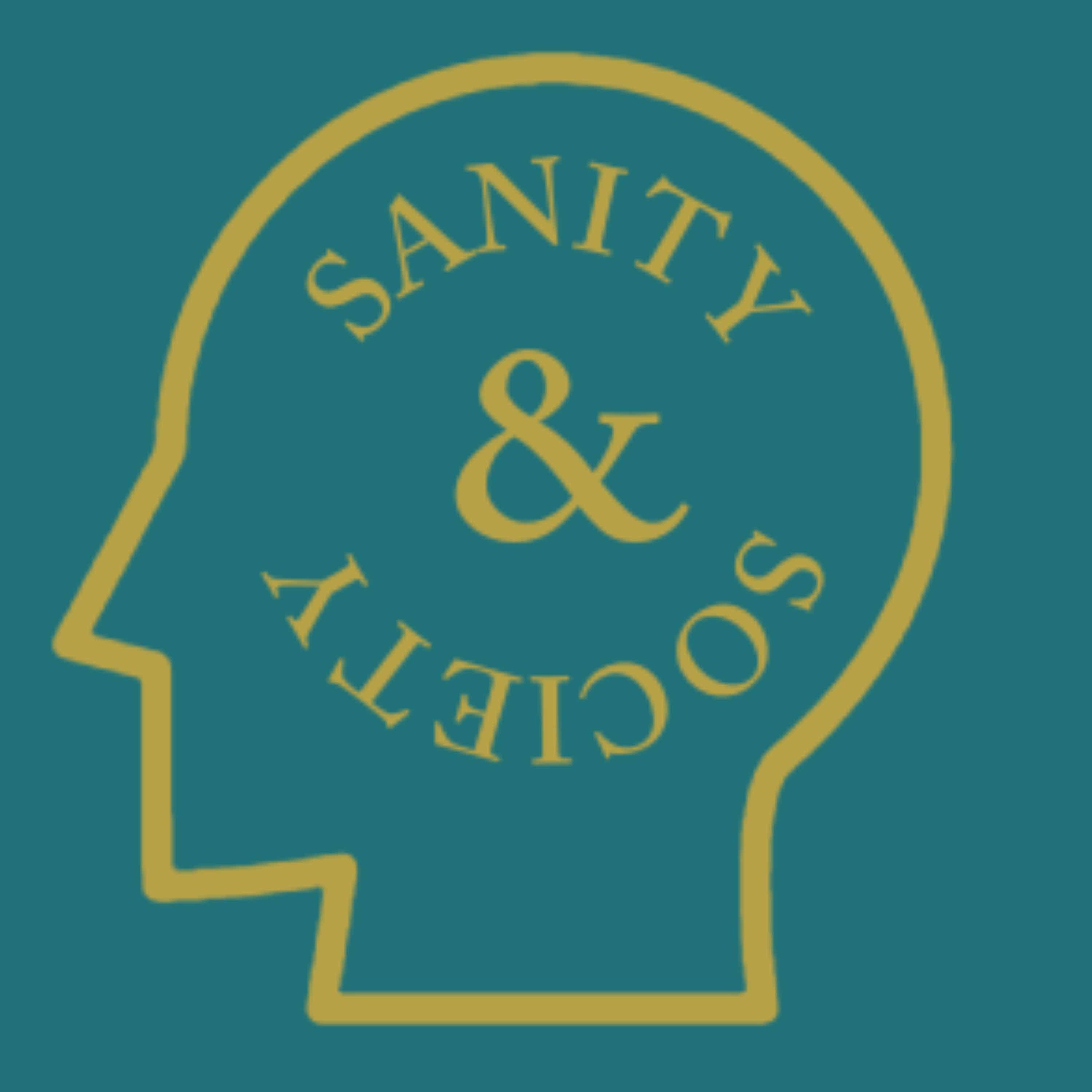Sanity and Society

Sanity and Society
Podcast Description
Welcome to "Sanity and Society," where we peel back the layers of the modern mind and the cultural forces that shape it. I'm your host, a therapist with a passion for exploring the deep and sometimes daunting aspects of human psychology as they intersect with today's most pressing societal issues.
Life doesn't come with an instruction manual, but you can think of this program as a guide for better understanding the complexities of the human psyche and the societal trends impacting us all. psychfox.substack.com
Podcast Insights
Content Themes
The podcast focuses on themes such as mental health, psychotherapy, personal growth, and societal dynamics, with specific episodes addressing topics like narcissism in therapy, men's mental health strategies, and the implications of luxury spending in healthcare, ensuring a blend of expert insights and practical advice.

Welcome to “Sanity and Society,” where we peel back the layers of the modern mind and the cultural forces that shape it. I’m your host, a therapist with a passion for exploring the deep and sometimes daunting aspects of human psychology as they intersect with today’s most pressing societal issues.
Life doesn’t come with an instruction manual, but you can think of this program as a guide for better understanding the complexities of the human psyche and the societal trends impacting us all.
This is a public episode. If you would like to discuss this with other subscribers or get access to bonus episodes, visit psychfox.substack.com

Disclaimer
This podcast’s information is provided for general reference and was obtained from publicly accessible sources. The Podcast Collaborative neither produces nor verifies the content, accuracy, or suitability of this podcast. Views and opinions belong solely to the podcast creators and guests.
For a complete disclaimer, please see our Full Disclaimer on the archive page. The Podcast Collaborative bears no responsibility for the podcast’s themes, language, or overall content. Listener discretion is advised. Read our Terms of Use and Privacy Policy for more details.